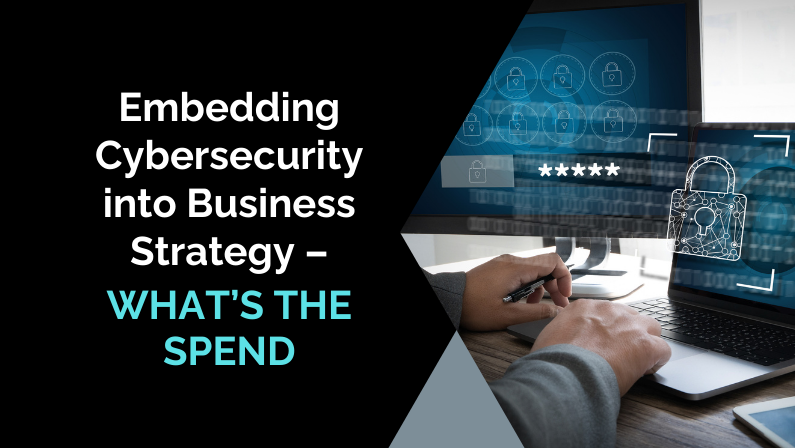Cybersecurity is Business Strategy
If you still view cybersecurity as an IT issue, you’re missing the bigger picture. Cybersecurity is a business issue—it affects every aspect of your company, from operations to reputation, to customer trust. In fact, the smartest businesses don’t treat cybersecurity as a siloed function, they embed it directly into their business strategy.
Anecdote: The Startup That Overlooked Regional Regulations
A fast-growing startup that decided to expand into international markets and focused on scaling up quickly, hiring aggressively, and began marketing. They failed to research regional cybersecurity regulations. As a result, they were fined heavily for non-compliance with prevailing data privacy laws, which damaged their reputation and set their expansion plans on hold to address this issue. This could have been avoided had cybersecurity been part of their business strategy from the beginning.
Why Cybersecurity Can’t Be an Afterthought
The problem with treating cybersecurity as an afterthought is that it will surface, as an issue to be immediately addressed, at the most the most inopportune moments. A breach doesn’t just affect your data—it impacts customer confidence, disrupts operations, and even damages your brand.
To prevent this, cybersecurity needs to be embedded into every aspect of your business planning:
- Product development: Build security features into your products from the beginning.
- Expansion plans: Account for regional regulations and emerging threats as you enter new markets.
- Adopting new technologies: Consider how each new tool, platform, or system might impact your overall security posture.
If you want to discuss further, book some time with us.
Aligning Cybersecurity with Business Growth
Growing your business doesn’t have to mean growing your risks. By integrating cybersecurity into your growth strategy, you can mitigate risks before they arise. For example, as you plan for expansion, ensure that your security protocols scale with your business—this means stronger data protection, securing new customer bases, and adjusting policies to fit new regions.
This integration makes security proactive, not reactive.
Practical Tips for Leadership Buy-In
One challenge companies face is getting leadership to understand why cybersecurity needs to be part of the business strategy. Here’s how to make the case:
- Connect cybersecurity to business outcomes: Show how breaches can disrupt operations, damage brand reputation, and lead to financial losses.
- Use clear, non-technical language: Communicate the importance of security in terms that resonate with the entire leadership team.
- Tie security metrics to KPIs: Make security an essential metric in business performance tracking.
Conclusion: Embed Security to Build a Secure Future
The most secure businesses are the ones that treat cybersecurity as an integral part of their strategy. By embedding security into every stage of your business planning, you ensure that your growth is supported by a robust defense. In today’s landscape, cybersecurity is business strategy.
No matter where you are in the process we can guide you in the next step!





